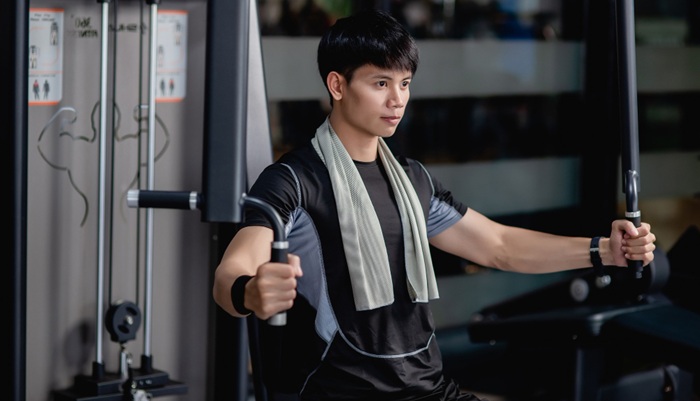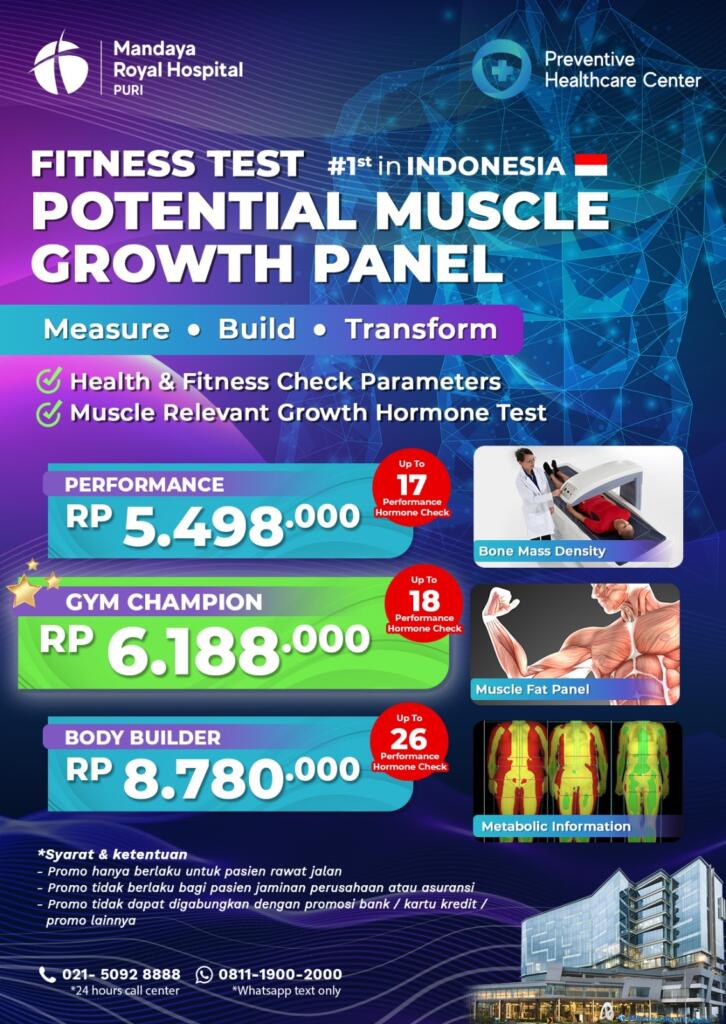Having strong and sturdy wrists can help you perform physical activities, especially those that involve lifting, more effectively. However, not many people know how to increase wrist size, even though stronger wrists can significantly enhance your overall physical performance.
Contents
How to Make Your Wrists Bigger
You can train your wrists by gently applying pressure and performing curls, flexion, and rotation exercises using weights. These movements don’t just help grow and strengthen the wrist muscles, but also improve joint and tendon flexibility and range of motion. Below are several exercises you can do to build your wrist size and strength:
1. Wrist Curl
Wrist curls target the flexor muscles on the inner forearm that move your palm toward your arm.
How to do it:
- Sit comfortably holding two light dumbbells. Rest your forearms on your thighs with your palms facing upward.
- Let your hands hang past your knees with the weights resting in your fingers.
- Squeeze the dumbbells and curl your wrists to bring your palms closer to your forearms.
- Pause briefly, then slowly lower the weights back down.
2. Ball Squeeze Strengthener
This exercise uses a tennis ball or similar object. You can also use therapy putty or even a rolled-up towel.
Steps:
- Sit comfortably and grip the ball in one hand.
- Squeeze as tightly as you can and hold for 3–5 seconds.
- Relax your grip slowly.
- Repeat 5 to 10 times.
3. Reverse Wrist Curl
Also known as wrist extension exercises, these strengthen the extensor muscles on the back of your forearm.
How to do it:
- Sit with your forearms on your thighs, palms facing downward.
- Let your hands hang past your knees, dumbbells resting in your fingers.
- Squeeze and curl your wrists upward so the back of your hands move closer to your forearms.
- Pause, then return to starting position.
4. Wrist Supination
This movement rotates your wrist so that the palm faces up, similar to turning a doorknob. The biceps and forearm muscles are involved.
How to do it:
- Sit and rest your forearm on your thigh or a table, with the wrist hanging off the edge.
- Hold one end of a dumbbell (like a hammer grip).
- Slowly rotate your wrist so the palm faces upward.
- Hold for a few seconds, then return to the starting position.
5. Wrist Pronation
Pronation rotates the wrist downward, as if pouring water from a jug.
Steps:
- Start from the same position as supination.
- Hold a dumbbell in hammer grip.
- Slowly rotate your wrist so your palm faces down.
- Hold for a few seconds, then return to start.
- Perform 2–3 sets of 10–15 repetitions.
- You can combine supination and pronation as one complete sequence.
6. Wrist Walking
This simple wall exercise can be done anywhere.
Steps:
- Stand facing a wall, arms straight with palms flat and fingers pointing upward.
- “Walk” your palms up the wall as far as you can while keeping full contact.
- Rotate your hands so fingers point downward.
- Walk your palms back down the wall.
7. Towel Pull-Up
For a more challenging wrist exercise, towel pull-ups use your body weight to build wrist and forearm strength.
How to do it:
- Hang two towels over a pull-up bar, shoulder-width apart.
- Grip each towel with palms facing each other and thumbs pointing up.
- Engage your core and lift your feet so you hang from the towels.
- Pull your body upward until your collarbones reach bar level.
- Pause, then slowly lower yourself.
Choose wrist exercises based on your fitness level and physical condition. Beginners should start with stretching and light weights. If you experience pain or have a recent wrist or forearm injury, consult a doctor before performing these exercises.





